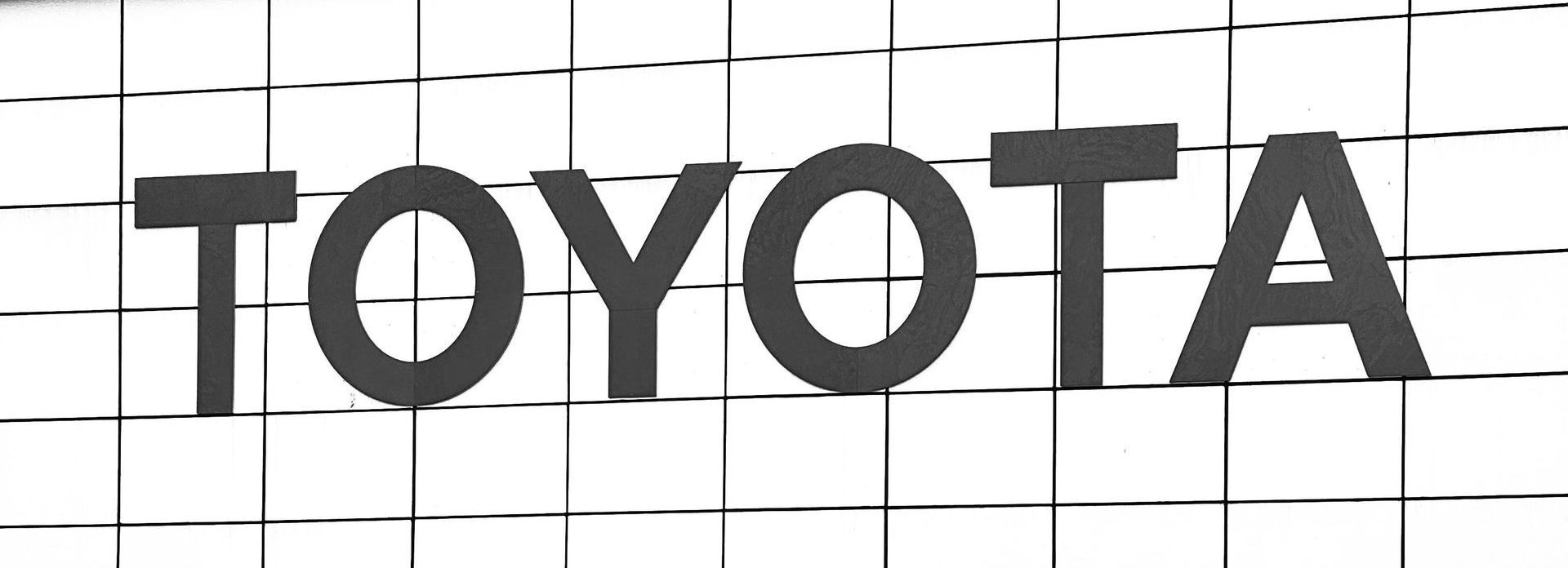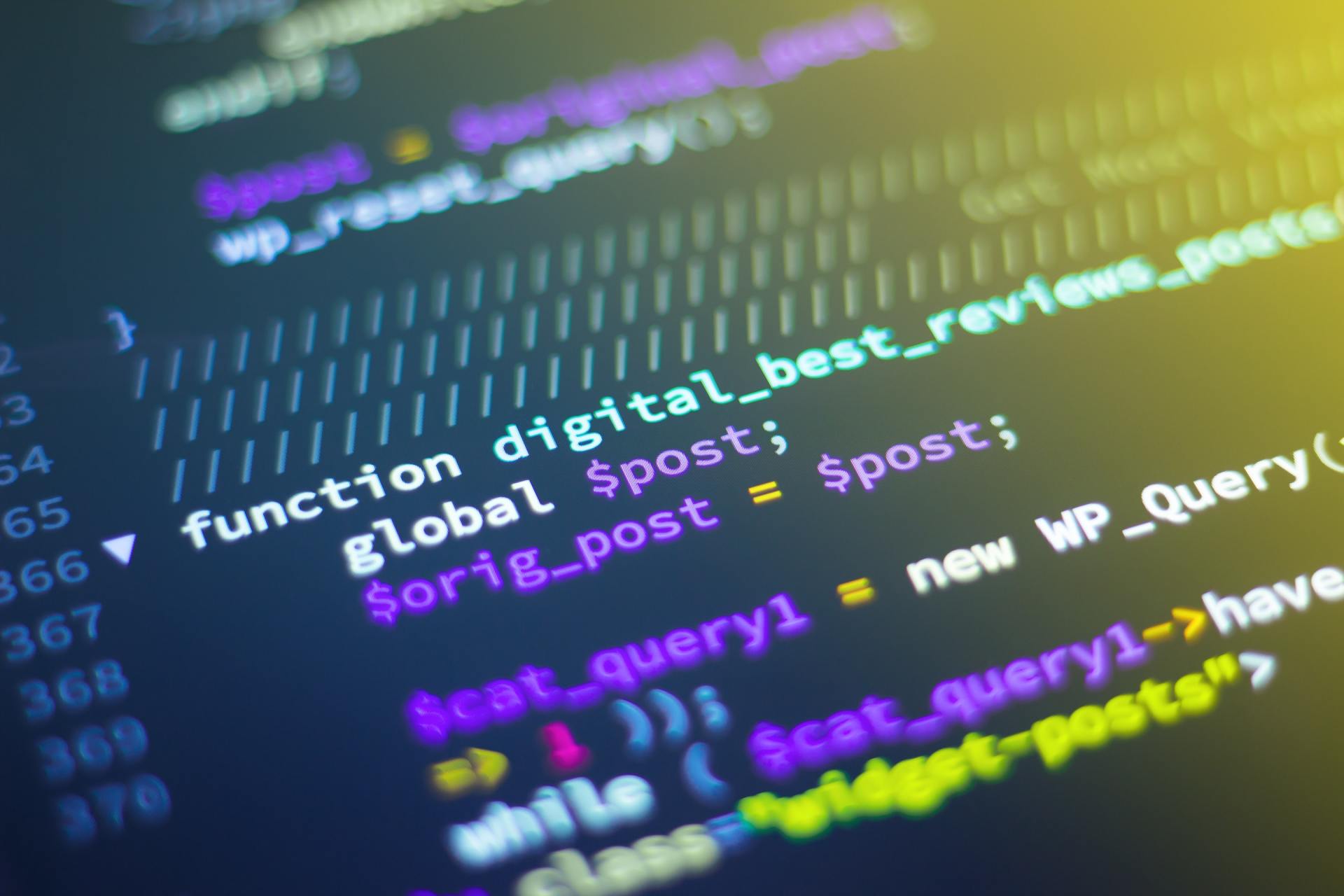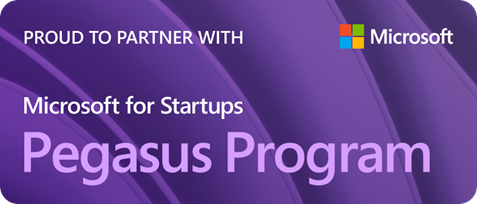Start Left® at tenX talks: Navigating the Digital Frontier: Trends & Strategies in Cybersecurity
Start Left, Not Shift Left: The Future of Cybersecurity in a Complex Digital World
Description: Learn how Start Left® Security redefines the approach to product and application security and delivers real-world protection by embedding security from day one.
Here’s how Start Left® Security approached the tenX panel questions within the context of our mission, platform, and the broader cybersecurity landscape:
1. What is driving current and future growth in cybersecurity?
The SolarWinds hack is a perfect example to showcase what is to come. Even though SolarWinds was compliant with regulations, their systems were compromised, and the attack spread like wildfire throughout their entire ecosystem of partners and customers. This shows that compliance isn't the same as security. Just because a software vendor says they're compliant doesn’t mean they’re truly secure—and when they get breached, the ripple effects are catastrophic. Several key factors are accelerating the demand for advanced cybersecurity:
- Increase in sophisticated cyberattacks: Cybercriminals and state-sponsored bad actors are becoming more advanced, using techniques such as supply chain attacks and exploiting software vulnerabilities. This has pushed organizations to take a more proactive security approach, especially in critical sectors like cloud-based software, SaaS/Software vendors, and manufacturing.
- Transition to cloud and digital transformation: Organizations are moving to cloud-native architectures, which expand the attack surface and expose more vulnerabilities. This is driving the need for better cloud security posture management (CSPM) and application security posture management (ASPM) solutions that integrate security into DevSecOps and product teams.
- AI and automation in cybersecurity: AI-driven tools, like Start Left®’s PIRATE® model, enhance threat detection, risk evaluation, and vulnerability prioritization. AI helps streamline the noise created by traditional security tools, increasing the efficiency of product teams .
2. What industry/government regulations will have the greatest impact on the growth of cybersecurity?
This is where the U.S. regulatory approach falls short. Self-attestation is BS because it’s not backed by rigorous enforcement or real accountability. Companies can tick off checkboxes on a compliance form, but that doesn't mean they are actually securing their systems in a meaningful way. Key regulations shaping cybersecurity:
- USA: Regulations like NIST, SOC 2, and FedRAMP in the U.S. push organizations to implement robust cybersecurity measures, especially around software supply chains and cloud infrastructure . The Biden administration’s Executive Order on Improving the Nation’s Cybersecurity highlights the need for real-time threat detection and incident response capabilities, which are central to Start Left®’s platform.
- Globally: The EU's General Data Protection Regulation (GDPR) and the upcoming Digital Operational Resilience Act (DORA) are forcing companies to focus more on data protection and operational resilience. These regulations make it critical for organizations to embed security early into their development cycles, making Start Left®'s "start left" approach increasingly relevant.
- Software Bill of Materials (SBOM) mandates: New policies, such as Executive Order 14028, are pushing organizations to track open-source software and third-party dependencies, driving demand for tools like Start Left®’s SBOM capabilities to ensure continuous security.
Regulation: "Loosey Goosey" in U.S. But Cyber Insurers Should Pick Up the Baton
In the U.S., cybersecurity regulations often rely on self-attestation or snapshot audits, which is ineffective. The SolarWinds hack is a prime example of how compliance does not equal security. Even when compliant, SolarWinds' systems were compromised, causing widespread damage across their partners and customers. This highlights the flaws in the U.S. regulatory approach, where companies can check compliance boxes but still leave critical security gaps.
- Self-attestation lacks enforcement and accountability.
- Compliance ≠ Security, as seen in SolarWinds' breach.
- Cyber insurers can lead the shift to proactive security by using risk scoring to assess real security measures.
- Start Left Security helps organizations embed security from day one, ensuring they go beyond compliance and become truly secure.
Given this regulatory gap, cyber insurers have an important role to play in driving real, meaningful change. They hold the power of the purse, and increasingly, they are the ones ensuring that organizations take proactive measures to protect themselves. Cyber insurers don’t just want to cover claims; they want to prevent breaches from happening in the first place.
At Start Left® Security, we see cyber insurers as critical stakeholders in this shift toward a proactive, programmatic approach to cybersecurity. By using risk scoring to underwrite policies, insurers can better assess which companies are genuinely secure and which are simply checking off compliance boxes. This is where platforms like Start Left can help. We enable organizations to start left—focusing on embedding security from the beginning, across every product and process—so that they aren’t just compliant but actually secure.
3. Are there hardware or software standards being argued that will impact cybersecurity suppliers and users?
At Start Left®, we believe that real security goes beyond the minimum regulatory requirements. Our platform is designed to embed security into every aspect of your organization, from code to cloud. We unify security efforts across all product teams, ensuring your business isn’t just compliant but resilient, audit-ready, and prepared for real-world threats.
Our approach ensures that every team member is engaged in the security process, and that leadership has clear, actionable insights into the organization’s security posture. Start Left not only helps businesses stay compliant but also enables them to stay ahead of threats by building security into their systems from the very start, not as an afterthought.
- SBOM Standards (SPDX, CycloneDX): The push for standardized Software Bill of Materials (SBOM) is critical for tracking software components across the supply chain. This is transforming how organizations monitor and secure their applications. Start Left®'s dynamic SBOMs and real-time visibility make compliance easier while keeping products secure.
- Zero Trust Architecture: Adoption of zero trust policies across organizations is driving demand for security tools that can constantly monitor and assess user access. This makes the shift left methodology outdated as start left security becomes the new norm—integrating security at the design phase to ensure integrity.
- AI Security Standards: With AI impacting cybersecurity, new frameworks like AI Risk Management Framework by NIST will set standards to regulate AI applications in cybersecurity.
4. How is AI impacting cybersecurity today and into the future?
AI is both a tool and a target in cybersecurity:
- Today: AI helps detect complex threats by analyzing large datasets at scale. Tools like Start Left®’s AI-driven prioritization engine use EPSS, CISA KEV, and threat intelligence to predict exploitability and prioritize vulnerabilities.
- Future: AI will continue to evolve, enhancing automated threat detection, real-time incident response, and predictive analytics to protect against zero-day vulnerabilities and insider threats. AI-driven platforms like Start Left®’s will help organizations proactively secure their software supply chains, reducing reliance on reactive security.
5. How can organizations prevent cyber attacks?
In the evolving landscape of cybersecurity, much of the industry has latched onto the concept of "shift left" — the idea that security should be integrated at the end of the software development lifecycle. In production or in the cloud. But shifting isn't enough. It's reactive by nature, introducing inefficiencies and bottlenecks at later stages. Instead, we advocate for a "Start Left" approach, where security is embedded from day one, ensuring high-quality, resilient products that are designed with security at their core. This proactive, people-centric approach is crucial, especially when it comes to navigating the complex web of regulations, compliance, and the increasing role of cyber insurers.
- Start left, not shift left: Embedding security from the very beginning of the software lifecycle is the most effective way to prevent cyberattacks. Start Left® enables organizations to automate security monitoring, integrate with CI/CD pipelines, and build resilience into their products by identifying vulnerabilities during development, not after deployment.
- Adopt AI-Driven Vulnerability Management: Leverage AI tools like Start Left®’s to prioritize the most critical vulnerabilities, focusing on real-world exploitability rather than relying on traditional tools that generate noise and alert fatigue.
- Compliance-Driven AppSec: Use compliance requirements such as NIST and SOC 2 as drivers for strengthening AppSec programs. Start Left® helps organizations align their security efforts with compliance mandates through real-time monitoring and security performance scoring
By focusing on proactive, AI-enhanced security, organizations can protect themselves against evolving cyber threats and ensure compliance across their software supply chains.
SHARE!
More Resources















